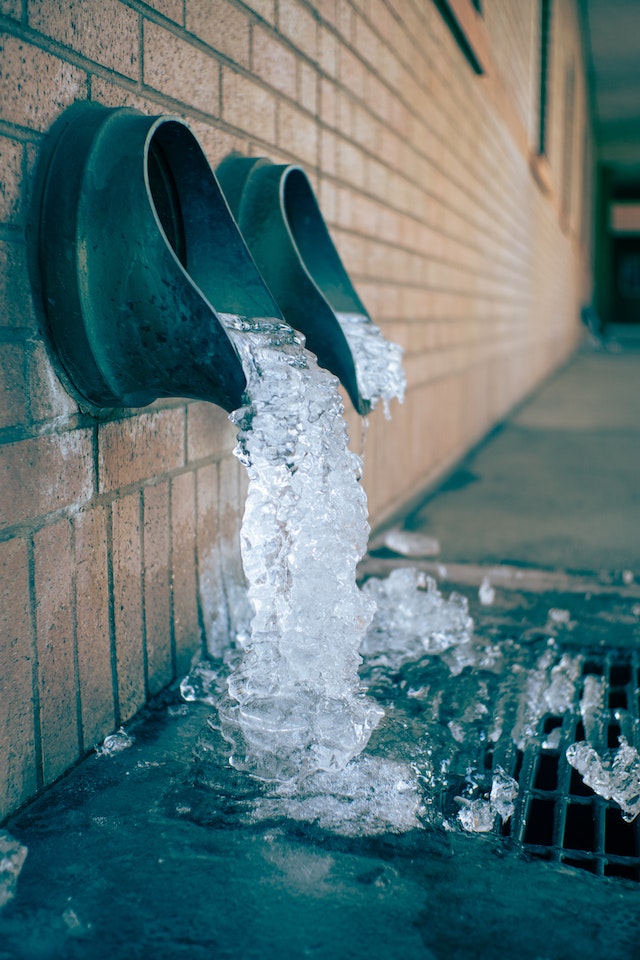When it comes to protecting your home from unexpected water disasters, one unsung hero stands tall – the main water shut-off valve. While it might seem like a small and unassuming component of your plumbing system, its role in safeguarding your home from leaks, floods, and potential damage cannot be overstated. In this blog, we’ll delve into the importance of the main water shut-off valve, how it works, where to find it, and crucial tips for maintaining it in top-notch condition.main water shut-off valve
The Significance of the Main Water Shut-Off Valve: Imagine returning home after a long day to find a burst pipe has turned your living room into a mini swimming pool. In such situations, having a functional main water shut-off valve can mean the difference between a minor inconvenience and a major disaster. This valve allows you to completely stop the flow of water into your home, giving you precious time to address the issue and prevent extensive damage.
Locating the Main Water Shut-Off Valve: Before you can make use of your main water shut-off valve, you need to know where it’s located. In most homes, the valve is situated close to where the main water line enters the house. This could be in your basement, crawl space, garage, or even outside near the foundation. It’s essential to familiarize yourself with its location beforehand, so you can quickly access it during an emergency.
How the Main Water Shut-Off Valve Works: The main water shut-off valve functions as a gatekeeper for your home’s water supply. By turning the valve clockwise, you effectively close off the flow of water from the main water line into your home’s plumbing system. This action can prevent water from entering your pipes, thereby stopping leaks or floods caused by plumbing failures.
Maintaining Your Main Water Shut-Off Valve: An often overlooked aspect of the main water shut-off valve is maintenance. Just like any other mechanical component, this valve needs periodic attention to ensure it operates smoothly when needed. Here are some maintenance tips:
- Test the valve’s operation at least once a year to ensure it turns without any issues.
- If the valve feels stiff or is difficult to turn, apply a lubricant to keep it functional.
- Make sure the area around the valve is clear of debris, ensuring easy access during emergencies.
- In regions with cold winters, insulate and protect the valve to prevent freezing.
Replacing a Faulty Main Water Shut-Off Valve: If you encounter a main water shut-off valve that’s leaky, corroded, or no longer functions as it should, it’s crucial to replace it promptly. A malfunctioning valve defeats the purpose of having this essential tool in your plumbing arsenal. Consult a professional plumber for guidance if you’re unsure about the replacement process.

